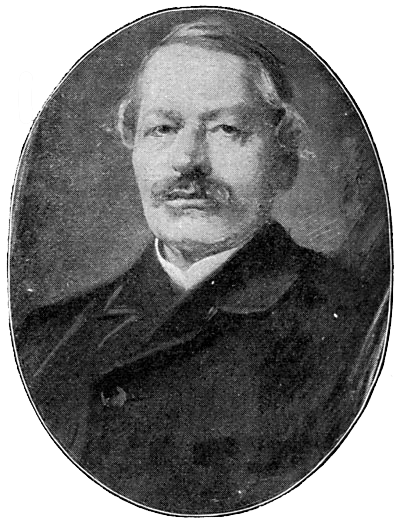
Image ©2007 by Rubashkyn [Public domain],
via Wikimedia Commons |
What experimentation is left for space exploration? |
With NASA shutting down the Space Shuttle program (a decision that I strongly disagree with for numerous reasons, not the least of which is the US giving up a technological advantage it has over other developed nations), the big question that springs to mind is, what role does NASA and space exploration have in the future for the US?
Putting aside such notions as Star Trek, and Fantastic Four universes, the reality is that space exploration of the Apollo variety will never again have the same impact on humanity as that 1969 moon landing did. Unless, somehow, intelligent alien species are involved.
The impact of science on humanity can’t be denied. The somewhat apocryphal epigram “I spent $25.4 billion and all I got was this Velcro,” echoes the current fiscal attitude in the US. But, truth be told, it wasn’t only Velcro that came from the program. Apollo resulted in the invention, development, and improvement of flight computers, integrated circuits, fuel cells, computer-controlled manufacturing, extended shelf-life (freeze-dried) foods, athletic shoes, home insulation, water purification, CAT scans, MRIs, cordless tools and appliances, and about 1400 other inventions.
The impact of the Apollo program, however, shouldn’t be measured by any of the benefits it provided, the technology that sprang from it, the medical advances and understanding of the human body, not even the bragging rights to John Glenn’s footprint. The fact is that the space race in the 1960’s was a part of the Cold War, and even if neither side made it to the moon, the money would have been spent.
The problem is that there will never be any equivalent influx of investment in science until that day comes when we are forced to interact with extraterrestrial species. Unless private corporations have something to gain from it.
Currently, there is a single glimmer of hope, and that’s the International Space Station (ISS). The ISS has experimental racks called EXPRESS Racks. These are modular equipment racks that are designed with interfaces for experimental modules that can weigh up to 64 pounds, and can connect to 500 watts of 28vDC power, RS422, ethernet, discrete, and video data connectors, air and water cooling, and nitrogen supply and waste gas vent. What this means is that any company can pay an organization with the capability to deliver a standardized payload to the ISS to conduct zero-gravity experiments in what amounts to the most sophisticated cleanroom ever invented.
But the ISS is the International Space Station. So what does this have to do with NASA? Only that due to the US’s short-sightedness, we have removed our own access to the most important laboratory in our history, and instead of being able to provide delivery services to other countries, for a fee, we will now have to pay them to run our own experiments.
It’s true that NASA will continue to design and perform unmanned missions. However, unless the equipment and interfaces are standardized (requirements that may need to be ignored for specialized experimental equipment), costs will remain high every time redundant technology needs to be developed anew. Does that really serve this nation’s technological and fiscal interests?
What’s the result of this? Without a reusable delivery vehicle, the United States will lose its technological edge, resulting in increased technology imports and liscencing from the EU, Japan, and China. The end result for NASA, is that the Agency becomes a boat without a paddle.








